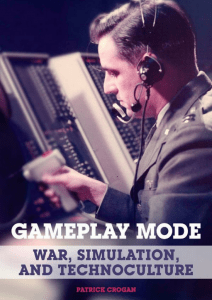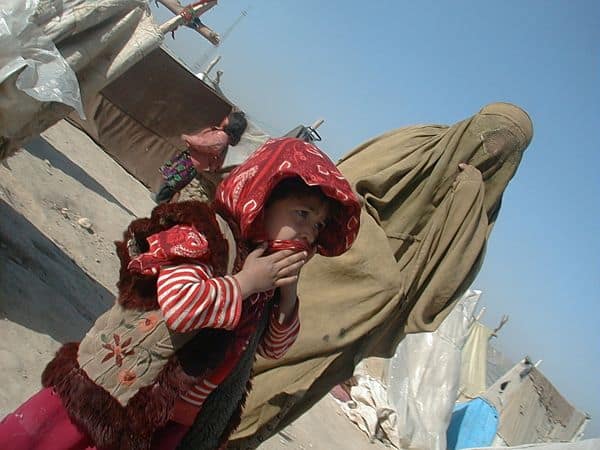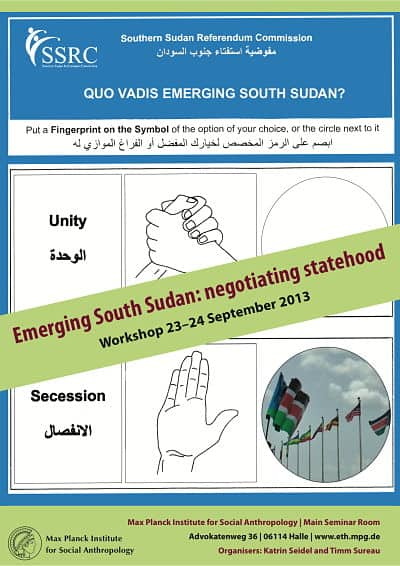On May 22 and 23, 2014, Security Lancaster, the Lancaster University Centre for Science Studies and the Centre for International Law and Human Rights co-sponsored “Security by Remote Control” an interdisciplinary symposium on automation and autonomy in robot weapon systems. Organized by Lucy Suchman and Karolina Follis, the event gathered over 30 participants representing different fields and backgrounds. The purpose of the Symposium was to shed light on the use of autonomous weapon systems and remotely controlled weapons by the United States and other actors in recent military campaigns and operations.
The intention was to explore the intimate relation and inherent contradictions between automation and autonomy in the context of modern wars, understanding how these new technologies claim to offer more precision while creating new complexities regarding relations among combatants and civilians, and the international legal frameworks of war.
The symposium opened with a keynote by the command pilot and former instructor at the U.S. Air Force Weapons School, and author of Killing Without Heart: Limits on Robotic Warfare in an Age of Persistent Conflict, M. Shane Riza. A strong critic of the current trends in military technology, Riza  focused on presenting his hypothesis of “risk inversion” in the use of autonomous or remotely operated weapons systems. Speaking both as a scholar and a practitioner, his critical position on drone warfare was received with great interest by the academic audience, even if not everyone was prepared to accept the entirety of his argument. He argues that that with the advent of remotely-controlled warfare, the non-combatants face greater risk than those charged with fighting within what he characterizes as the “spectra of impunity” in warfare. This “risk inversion” happens when, on the one hand, unmanned systems permit the technologically superior nation’s combatants to be fully protected from the harm inherent in war; on the other hand, as combatants fight ‘from the homeland’, they create the conditions for legitimate targeting of the homeland on the part of those who are the weapons’ targets.
focused on presenting his hypothesis of “risk inversion” in the use of autonomous or remotely operated weapons systems. Speaking both as a scholar and a practitioner, his critical position on drone warfare was received with great interest by the academic audience, even if not everyone was prepared to accept the entirety of his argument. He argues that that with the advent of remotely-controlled warfare, the non-combatants face greater risk than those charged with fighting within what he characterizes as the “spectra of impunity” in warfare. This “risk inversion” happens when, on the one hand, unmanned systems permit the technologically superior nation’s combatants to be fully protected from the harm inherent in war; on the other hand, as combatants fight ‘from the homeland’, they create the conditions for legitimate targeting of the homeland on the part of those who are the weapons’ targets.
On the second day, the participants heard four papers by scholars from a range of disciplines. Derek Gregory, cultural geographer at the University of British Columbia, talked about the “The God trick and the administration of military violence”, in which, drawing on Donna Haraway’s work, he problematizes the notion that drones can deliver a fully transparent view of the battlefield. In his presentation, Gregory made clear how the multiplicity of “visions” produced through a complex technical apparatus leads to a de-centralized, distributed and dispersed geography of vision, resulting in less, not more control of the operations. 
Christiane Wilke, of Carleton University discussed “The optics of bombing: International law and the visibility of civilians”. She highlighted the problematic nature of the distinction between civilians and combatants in International Humanitarian Law and argued that visual technologies play a central role in both constituting and blurring this distinction. Patrick Crogan, of the University of the West of England in Bristol, and author of the book GameplayMode: War, Simulation, and Technoculture, spoke on “Un-securing the Territory” and highlighted the genealogy of drone warfare reaching back to classic Greek military tactics. Jutta Weber, of the University of Paderborn, Germany, gave a paper titled “Making Algorithms Kill. On the Epistemic Logic of Robotic Warfare,” which traced the blurring of the boundaries between humans and machines and its political consequences.
One problem addressed, is how the idea of “precision” could be contested in the context of a war that generalizes the territory and the enemy. Discussions regarding the limitations of the visual equipment, the multiple de-centralized visions of the battlefield, and the consequent increase of incapacity to distinguish civilians from combatants, were some of the features concerning this western-militarized way of conceiving and viewing the enemy. Further, the evolution of disruptive technological systems could pose new problems. Here of concern was the evolution from unmanned to autonomous systems, and the constant “algorithmization” of the targets in the context of signature killing. Ultimately, the discussions presented us with several new perspectives to comprehend critically the dynamics and trends of war conducted by remote control.




